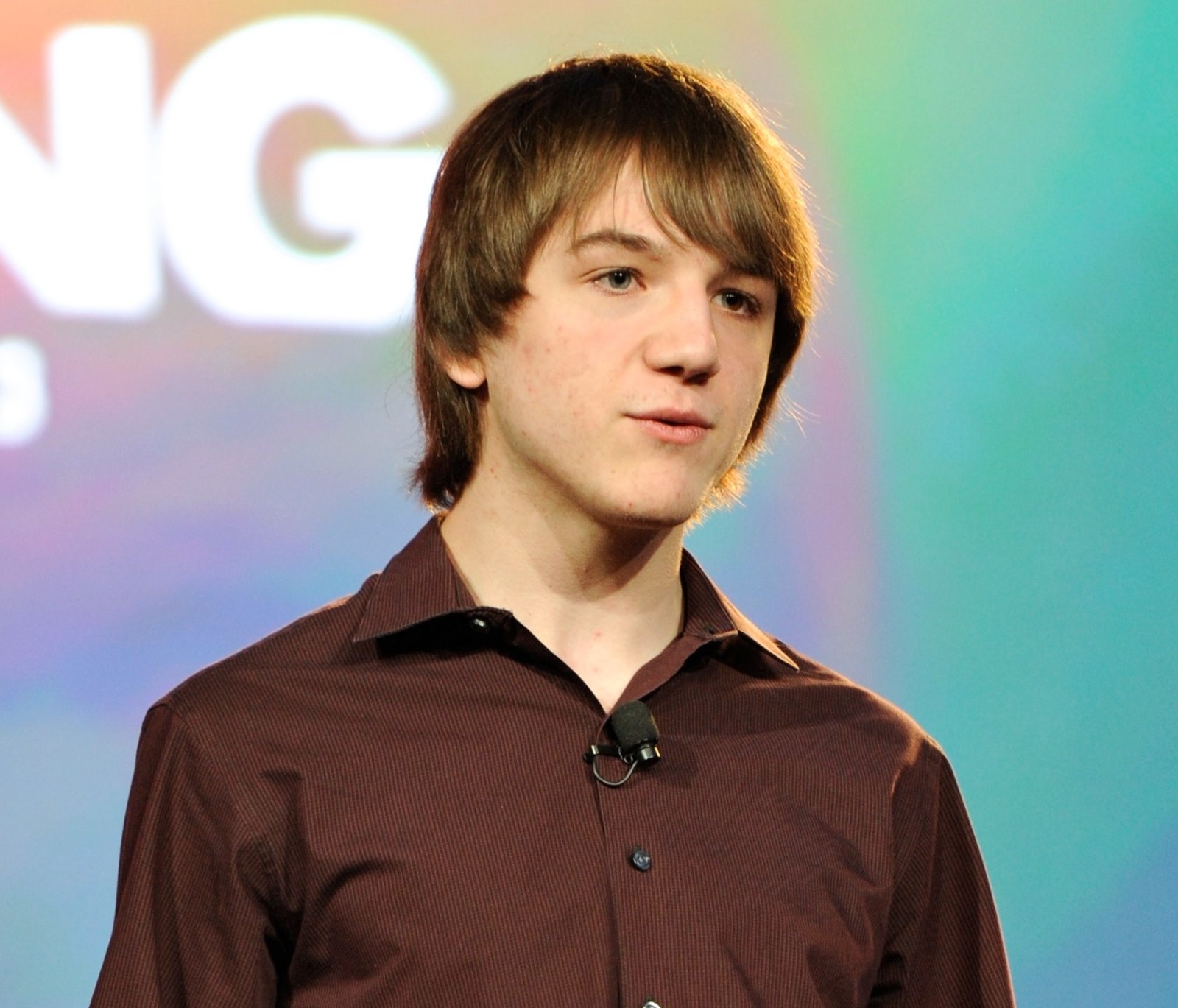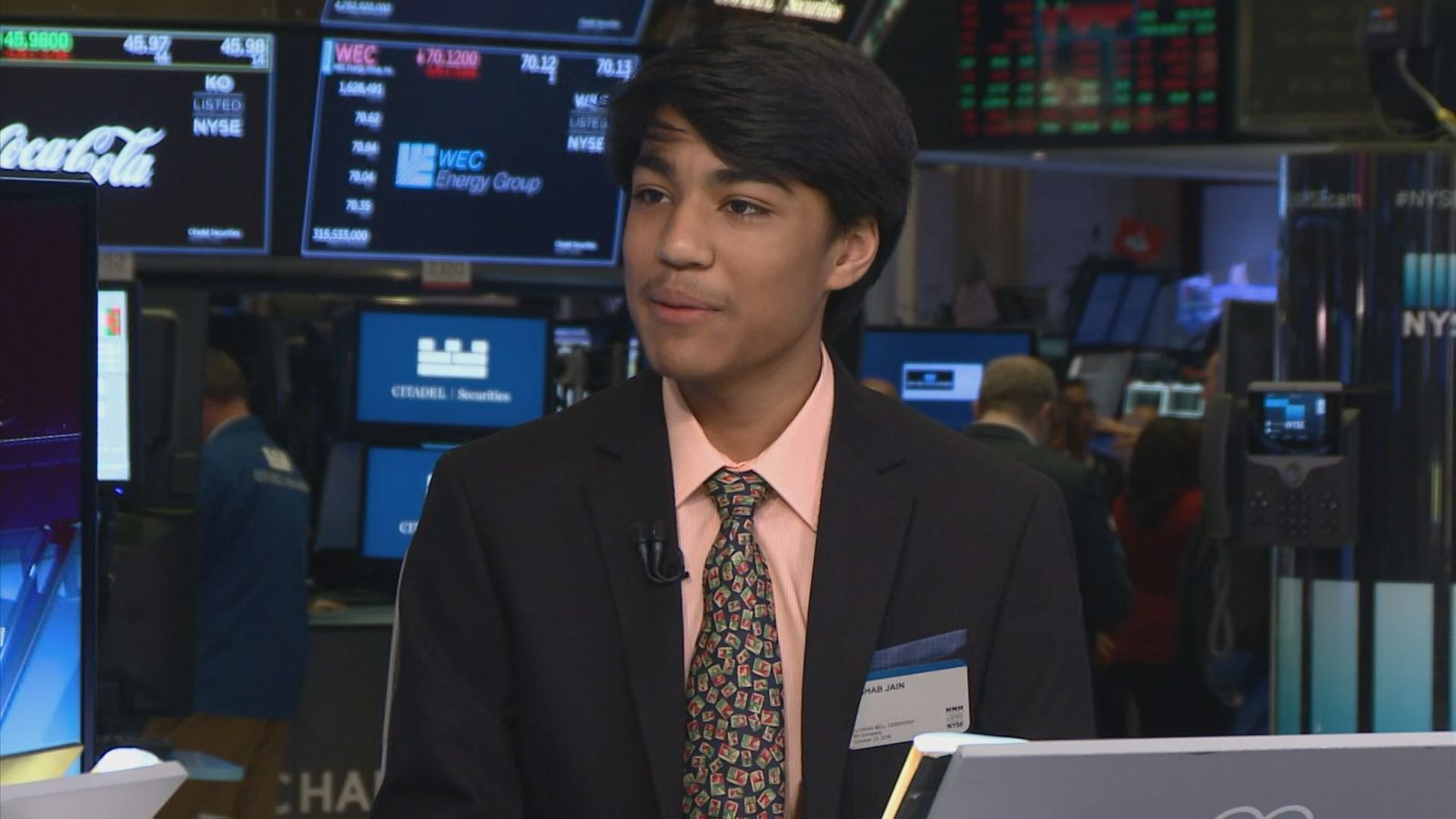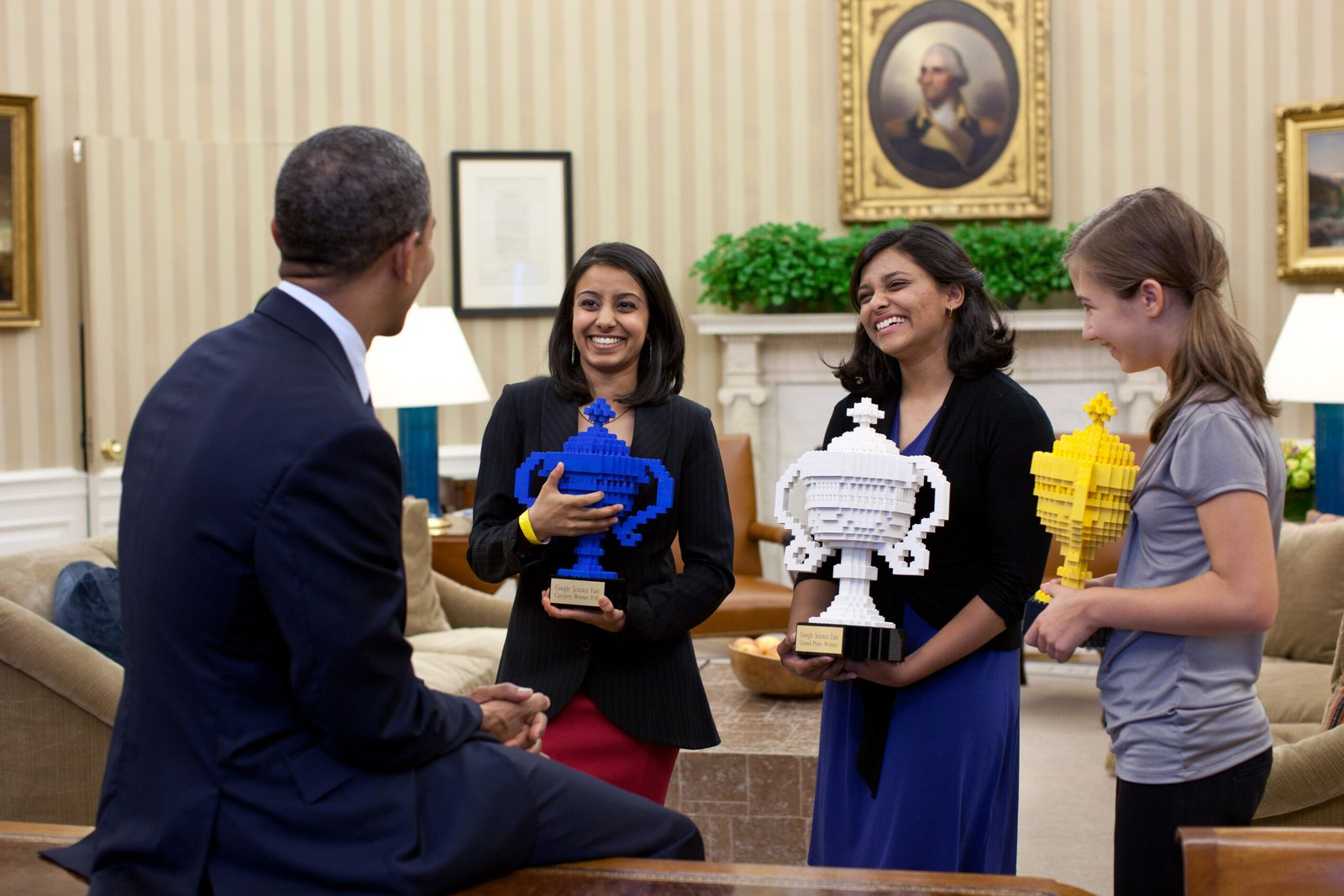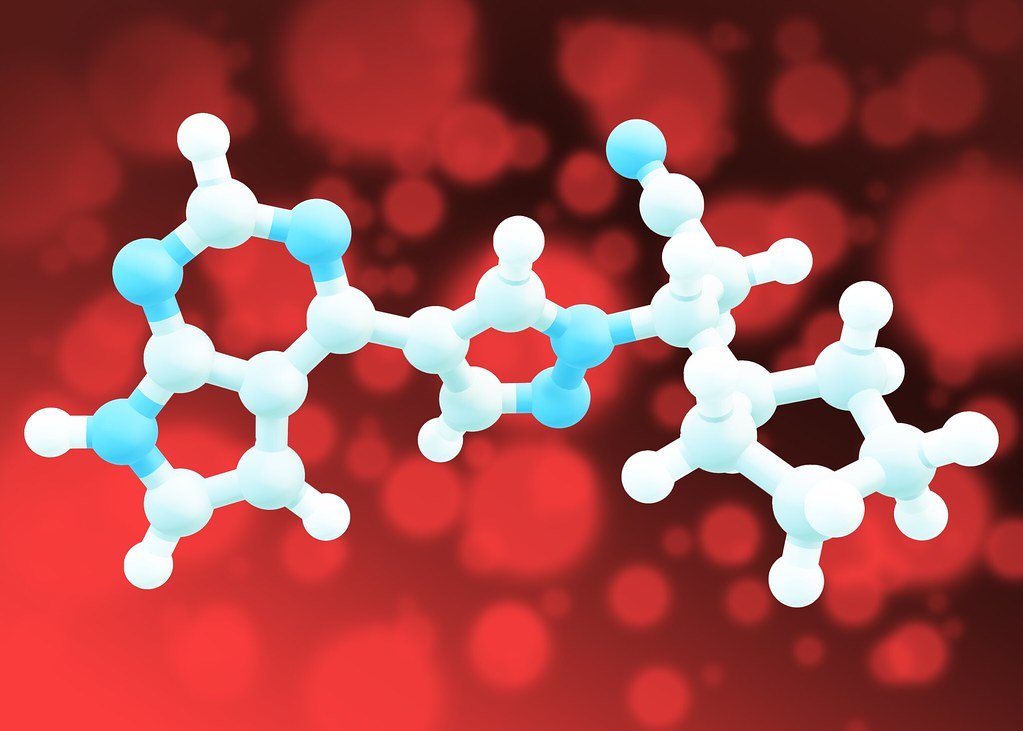What if I told you the next great breakthrough in medicine might come not from a seasoned professor, but from a teenager still finishing their last year of high school? It sounds like something out of a movie, but today’s biomedicine is being shaken up by a new generation of wildly talented young scientists. Some of them are barely old enough to vote, yet they’re already publishing papers, developing life-saving technologies, and inspiring the world with their curiosity and drive. Their stories are jaw-dropping, sometimes emotional, and always bursting with hope for the future of healthcare. Let’s step into the extraordinary world of biomedicine’s youngest trailblazers—and see just how much impact a single spark of youthful genius can have.
Redefining the Possible: Teens Entering the Lab

It’s astonishing to imagine a 14-year-old in a lab coat, pipetting solutions or analyzing genetic data. Yet, more and more, that’s exactly what’s happening. Driven by curiosity and a hunger to solve real-world problems, these young minds often start with school science fairs or online science communities. What sets them apart is their refusal to stop at “good enough”—they dive deeper, ask more questions, and seek out mentors who can help them turn wild ideas into working projects. Their age isn’t a barrier; it’s a badge of honor. Every experiment they do is a step toward proving that age has nothing to do with brilliance.
Gitanjali Rao: The Inventor Behind Life-Saving Sensors

Gitanjali Rao made international headlines as a young teen by inventing a portable device to detect lead in drinking water. Inspired by the Flint water crisis, she combined her love for chemistry with an engineering mindset. Using carbon nanotube sensors, her device provided a rapid and cheap solution to a life-threatening problem. Gitanjali’s work is a testament to how a single person’s empathy and determination can fuel innovation. She’s continued to expand her research, encouraging other young scientists to tackle big issues with creativity and courage.
Jack Andraka: Early Detection of Pancreatic Cancer

At just 15, Jack Andraka developed a revolutionary paper sensor to detect pancreatic cancer in its early stages. Most adults struggle even to pronounce “mesothelin,” the protein Andraka’s sensor targets, but he used it as the basis for a test that’s fast, cheap, and incredibly sensitive. He spent months emailing scientists for lab access—nearly 200 rejections before one said yes. Jack’s story is proof that resilience and a fresh perspective can sometimes see what experts miss.
Emily Cross: Gene Editing for Rare Diseases

Emily Cross’s journey started with a family member diagnosed with a rare genetic disorder. By age 17, she was working alongside researchers at a university lab, using CRISPR-Cas9 technology to correct mutations in cell cultures. Her project wasn’t just a school assignment; it was a mission born of personal stakes. Emily’s ability to bridge cutting-edge science and her own family’s struggle inspired others to see gene editing not as science fiction, but as a tool for hope.
Rishab Jain: Artificial Intelligence Against Cancer

Rishab Jain’s fascination with computers and medicine led him to create an AI-powered tool that helps doctors locate the pancreas during cancer radiation therapy. His model, trained on thousands of medical images, can identify the pancreas with impressive accuracy—helping to make treatments safer and more precise. Rishab’s work highlights how the fusion of computer science and biomedicine, in the hands of a motivated young researcher, can make an immediate difference for patients.
Alia Sabur: The Youngest University Professor

Alia Sabur became the world’s youngest university professor at age 19, but her biomedical research began even earlier. She focused on developing new materials for medical devices, especially those that could interact safely with human tissue. Her early contributions helped pave the way for safer implants and diagnostic tools. Alia’s career is a vivid reminder that sometimes the youngest voices bring the freshest ideas, shaking up academic norms and inspiring others to dream big.
David Boone: Battling Brain Cancer in the Lab

Growing up in a challenging environment, David Boone didn’t let adversity stop him. As a teenager, he contributed to research on glioblastoma, one of the deadliest forms of brain cancer. His work involved analyzing genetic mutations and testing new drug combinations. David’s determination turned heads—not just because of his age, but because of his unwavering commitment to saving lives. His story is a beacon for those who believe scientific excellence can come from anywhere.
Brittany Wenger: Diagnosing Cancer with Code

Brittany Wenger was still in high school when she built an artificial neural network to help diagnose leukemia and breast cancer. Her software analyzed patterns in tissue samples to spot cancerous changes with high accuracy. The project won her international science awards, but more importantly, it gave doctors a new tool to help patients. Brittany’s blend of programming and biology showed that sometimes the best solutions come from mixing disciplines in unexpected ways.
Shree Bose: Winning the First Google Science Fair

Shree Bose’s journey began with a heartbreaking loss—her grandfather passed away from cancer. Determined to make a difference, she focused her research on chemotherapy resistance in ovarian cancer. At 17, she won the very first Google Science Fair, drawing global attention to her work. Shree’s relentless pursuit of answers and her willingness to challenge established ideas set the stage for a career that continues to break new ground.
Raymond Wang: Fighting Infectious Diseases With Engineering

Raymond Wang’s passion for public health led him to invent an air filtration system that helps prevent the spread of airborne diseases in airplanes. His design, created while he was still a teen, dramatically improves air circulation and could help reduce the risk of in-flight transmission—a concern brought sharply into focus by recent global pandemics. Raymond’s work is a powerful example of how biomedical innovation often starts with asking, “How can I make things better right now?”
Malavika Rajesh: Mapping the Microbiome

By her late teens, Malavika Rajesh was already investigating the mysteries of the human microbiome—the trillions of bacteria living in and on our bodies. She used cutting-edge DNA sequencing to study how gut bacteria influence everything from digestion to mental health. Malavika’s research underscores the importance of asking big questions early, and her findings have contributed to a deeper understanding of how our microbial passengers shape our well-being.
Dhruv Nandakumar: Tackling Antibiotic Resistance

Dhruv Nandakumar was alarmed by the growing threat of antibiotic resistance. At just 16, he designed a novel peptide that could target and destroy drug-resistant bacteria. His work, tested in petri dishes and animal models, provided a glimmer of hope in the fight against superbugs. Dhruv’s creativity and critical thinking prove that sometimes, a youthful perspective uncovers solutions that have eluded older generations.
Priya Prakash: Empowering Global Health

Priya Prakash’s biomedical journey began when she realized how many people lacked access to simple health screening tools. She developed a low-cost, portable device to help detect anemia in rural communities. Her work combined engineering, medicine, and social impact, showing how young researchers can bridge gaps in global health with practical, life-saving inventions. Priya’s dedication demonstrates the power of empathy in driving scientific progress.
Aditya Joshi: Decoding Rare Genetic Disorders

Aditya Joshi became fascinated with rare diseases that had no cure. As a teenager, he led a team that used machine learning to analyze genetic data from patients, helping identify new mutations responsible for mysterious conditions. Aditya’s curiosity and technical skill turned complex data into actionable insights, bringing hope to families who had spent years searching for answers.
Anna Du: Plastic Pollution and Biomedical Innovation

Anna Du’s love for the ocean drove her to create a device that detects microplastics in water. But she quickly realized the same technology could be adapted for biomedical research—identifying microplastics and toxins in human tissue. Her work bridges environmental science and medicine, highlighting the interconnectedness of health and the planet. Anna’s journey is a reminder that sometimes the biggest biomedical waves start with caring about the world around us.
Arjun Raj: Single-Cell Biology Pioneer

Arjun Raj started asking tough questions about how individual cells behave differently within the same tissue. As a young researcher, he developed powerful new tools for analyzing single cells, leading to insights about cancer, immunity, and development. His work has helped scientists see the hidden diversity within our bodies, opening up new possibilities for targeted therapies and personalized medicine.
Elena Ardelean: Synthetic Biology for a Greener Future

Elena Ardelean was captivated by the idea of using biology to solve environmental problems. Her high school project engineered bacteria to break down plastic waste, a technology that could also be adapted to remove toxins from medical waste. Elena’s vision for a sustainable future ties together biomedicine and environmental stewardship, showing how young minds are redefining what’s possible.
Gabriel Licina: Biohackers and Citizen Science

Gabriel Licina represents a different kind of young researcher—one who works outside traditional labs, experimenting with biotech in community spaces. As a teenager, he helped launch projects to improve vision and test new biomedical sensors. His approach, often called “biohacking,” challenges the notion that you need a PhD or a fancy lab to make discoveries. Gabriel’s work is a rallying cry for curious minds everywhere: science is for everyone, and discovery knows no age limit.
Maria Gomez: 3D Printing Tissues for Transplants

Maria Gomez’s fascination with engineering and medicine led her to explore 3D printing as a way to create artificial tissues. By her late teens, she was collaborating with university labs to print functional patches of skin and cartilage. Her work brings us closer to a world where organ shortages are a thing of the past. Maria’s story is a testament to how youthful imagination, paired with new technology, can redefine the future of medicine.
Kai Huang: Mind-Controlled Prosthetics

Kai Huang was inspired by stories of amputees struggling to regain mobility. As a young student, he built a prototype prosthetic hand controlled by brain signals, using affordable electronics and open-source software. His invention has the potential to make advanced prosthetics available to people worldwide, regardless of income. Kai’s journey is proof that determination, empathy, and a willingness to tinker can put the impossible within reach.
Final Reflections on Biomedicine’s Young Visionaries

Biomedicine’s youngest researchers are not just making headlines—they’re transforming lives, challenging old assumptions, and inspiring millions. Their stories show us that age is no barrier to brilliance, and that the next revolution in healthcare could be sparked by a teenager’s bold idea. With every project, they remind us to stay curious, to ask the tough questions, and to believe that anyone—no matter how young—can help heal the world. What would you invent if you knew nothing was impossible?




